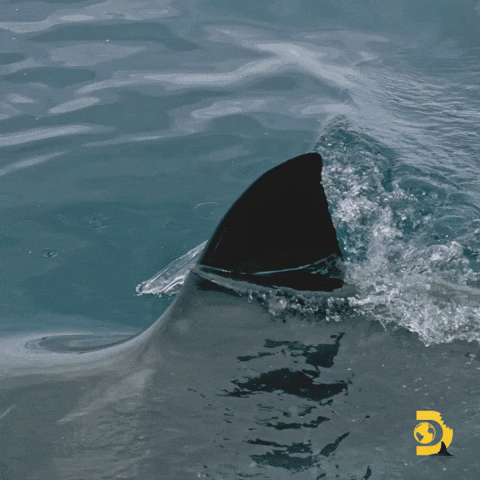Standing in the “make room” of the cheese house at Cave’s Branch Jungle Lodge in Belize is to be in the midst of a sensory oxymoron. The room itself is chilly, cooled to the proper temperature needed to keep milk and cream fresh and ready to curd. But look up through the transparent, heavy plastic roof, and you’re transported into the 95-degree humid jungle, surrounded by banana trees, palm trees, and tropical wildlife.
Cave’s Branch is a resort that sprung from an unlikely source. The owner, Ian Anderson, is the first artisan cheesemaker in the country—but his cheese operation was born out of a philanthropic mission to help at-risk children. Anderson, originally from Canada, and his Russian wife Ella, met in Belize, and moved there full-time when they married. The couple wanted to do something to help promote critical thinking and togetherness amongst Belize’s at-risk youth, so they began a youth chess foundation, bringing about 6,000 local kids into chess clubs across the country.
In a seemingly non-sequitur addition to their charity work, they bought some farm animals and created a petting zoo in addition to their chess work; As the animals grew, Anderson decided to use the abundance of goats’ milk to make cheese, since the milk would spoil if it didn’t get used. He looked up a recipe online, and, after a failed experiment, his wife sent him packing to take a real cheese course with their family friends Dr. Larry and Linda Faillace of Three Shepherds Cheese in Vermont.
[quote position="full" is_quote="false"]Look up through the transparent, heavy plastic roof, and you’re transported into the 95-degree humid jungle.[/quote]
Four years later, the chess nonprofit is no more, and Anderson has built an empire of award-winning artisan cheese in Belize. While Ian manages the resort and cheese process with six other employees, Ella created her own project: the lodge’s botanical gardens, containing one of the most respected scientific collections in Central America.
The distinction of being the country’s first cheesemaker came with the challenge of figuring out the best way to age cheese in a tropical climate with 90 percent humidity. In order to combat the moisture attacking the more than 6,000 cheese wheels he has aging every day, Anderson built an 18 by 18-foot air-conditioned aging room, with a little extra dehumidifying boost.
“The nature of cheese—milk and cream—does not do well [in the jungle environment],” Anderson said. “When you put cheese into an aging room, the cheeses hold moisture. Part of the aging process is to slowly lose moisture from the cheese. So every time the door opens and closes, you add the 90 percent humidity circulating through the cheese room. We have to take about three gallons of water a day out of the aging room with our dehumidifier.”
[quote position="left" is_quote="true"]This is one of the cheeses that suffers. It doesn’t become a true, international parmesan.[/quote]
That water is then redirected through the irrigation system to the Lodge’s gardens—as is all wastewater on the property. That system works the majority of the time, but Anderson has had to make some concessions with his cheese in order to keep everything in the same aging room.
Cave’s Branch sells 14 different types (everything from feta to provolone to stinky bleu cheese) throughout Belize. But to make them according to traditional European standards, they almost all need to be aged in different temperatures and levels of humidity. The challenge? Anderson only has the one aging room.
“Some of our cheeses have to change from the classical, traditional type because of that,” Anderson said. “For instance, parmesan; when you buy it in the store, it’s quite dry and crystallized and you shred it. Our parmesan has almost an identical flavor, but it’s not hard and you can’t shave it easily. It’s more of a moist parmesan. This is one of the cheeses that suffers. It doesn’t become a true, international parmesan. We wanted to make a large variety of cheese and do them well, but we had to realize that we were going to be developing a Cave’s Branch style for all the cheeses.”
[quote position="full" is_quote="true"]The nature of cheese—milk and cream—does not do well in the jungle environment.[/quote]
Whether the cheese is a bit different from traditional or not, the team at Cave’s Branch prides themselves on using the freshest ingredients possible and making their cheese according to old-world standards. Everything is done by hand, from pressing the curds into rounds to turning the cheese three times a week and wiping it with brine cloths weekly. The cheeses are for sale alongside handmade smoked and cured meats—made from Anderson’s own livestock on his 140-acre farm with more than 3,000 animals—at the lodge’s new deli in Belmopan, The Farm House Deli.
All the animals play a part in the cheesemaking as well—they dine on unusable whey left over from ricotta production. The only thing they don’t do is provide the milk: instead, it’s obtained six miles down the road from an Orthodox Mennonite community in Belmopan and goes from cow to cheese in only 30 minutes.
“We have to cool it when it gets here because it’s still so warm from the cow,” Anderson says. “Within half an hour of it being picked up, we start turning it into cheese. It’s just that fresh.”
If the concept of jungle cheese piques your interest, you’re in luck: Cave’s Branch now offers four-day cheesemaking courses in the jungle facility and daily tastings for guests. You could say, like a round of cheese, that Anderson has come full circle.




















 Music isn't just good for social bonding.Photo credit: Canva
Music isn't just good for social bonding.Photo credit: Canva Our genes may influence our love of music more than we realize.Photo credit: Canva
Our genes may influence our love of music more than we realize.Photo credit: Canva

 Great White Sharks GIF by Shark Week
Great White Sharks GIF by Shark Week